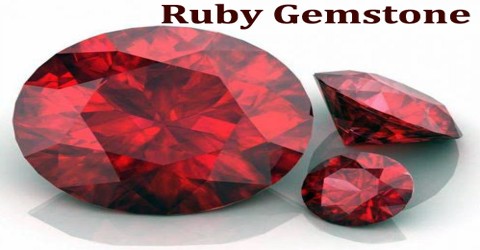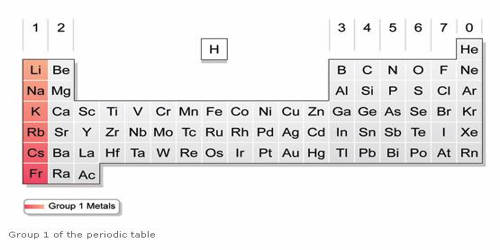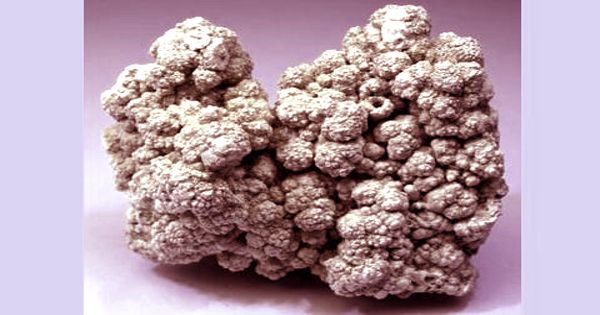Ruby Gemstone
Definition
Ruby is a stone of nobility, considered the most magnificent of all gems, the queen of stones and the stone of kings. It is a pink to blood-red colored gemstone. The color of Ruby is the result of the presence of chromium into the crystal lattice of alumina (Al2O3) corundum. Just one percent of chromium is enough to produce Ruby’s red color. Judging by composition only, the closest relative of Ruby is Sapphire; both are variations of the same corundum mineral.
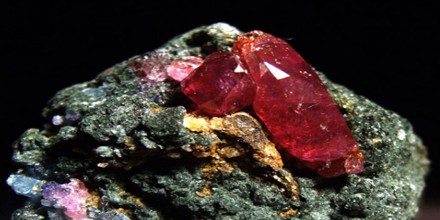
The quality of a ruby is determined by its color, cut, and clarity, which, along with carat weight, affect its value. The brightest and most valuable shade of red called blood-red or pigeon blood, commands a large premium over other rubies of similar quality. Ancients believed it surpassed all other precious stones in virtue, and its value exceeded even that of the Diamond. The Chinese Emperor Kublai Khan was said to have offered an entire city in exchange for a sizable Ruby.
Revered in many cultures throughout history, Ruby has always been a talisman of passion, protection and prosperity. It symbolizes the sun, and its glowing hue suggests an inextinguishable flame within the stone that legends claim would shine through even the thickest clothing and could not be hidden; if Ruby were cast into water it would cause it to boil, and if carved and pressed into wax, it would melt the wax. It was worn as an amulet or charm to ward off plague and pestilence, warned its wearer of impending danger, kept the body safe, and banished sadness and foolish thoughts. It was reputed to bring its owner peace, drive away frightful dreams, restrain lust, and to help resolve disputes. Burmese legend declares inserting a Ruby into the flesh would make one completely invulnerable.
Types of Ruby
Rubies are also a remedy for hemorrhage and inflammatory diseases. There are many types of Ruby stone. Depending on the place where they are found, the rubies are named. The most famous ones are:
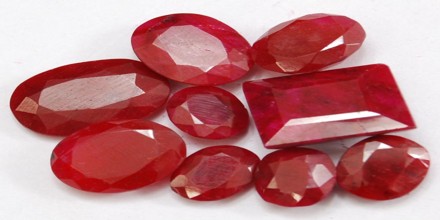
Indian Ruby: India has a long history of ruby appreciation. Prior to 20th century, Rubies were considered to be more valuable than even diamonds. Indian Rubies are mainly found in Orissa and Mysore. They have original cuts and color of rubies.
New Burmese: The rubies found in Myanmar are one of the finest quality rubies and are one of the most sought after gemstones. There a number of mines where the dark- brownish red rubies are found. Many mines also produce pigeon’s blood colored rubies. The vibrant colored rubies are also found in Burma.
Old Burmese: These stones are most flawless and they are worth millions of dollars. They have a few marks or blemishes, which help in recognizing that the rubies are from Burma.
Thailand Ruby: These rubies are also high quality rubies and they are very dark in color. This dark color is due to the presence of iron along with chromium. They are also said to have traces of brown color in them.
Tanzanian Ruby: These rubies are mostly very clean and less flawed. The color is dark when compared with other rubies. The color of these rubies tends to lighten with reduction in size. They are affordable when compared with other rubies.
Madagascar Ruby: The discovery of this type of ruby is very recent. These rubies have natural orange/red and pinkish color. They do not require heating.
Rubies are also said to bring serenity and they provide protection against injury.
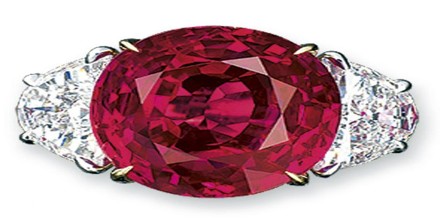
Uses of Ruby
Rubies have a hardness of 9.0 on the Mohs scale of mineral hardness. Among the natural gems only moissanite and diamond are harder, with diamond having a Mohs hardness of 10.0 and moissanite falling somewhere in between corundum (ruby) and diamond in hardness. Rubies are rare gems that are a form of corundum. People associate rubies with the color red, but depending on their exact elemental content, rubies may appear pink, as well.
Jewelry – Jewelry is by far the most common modern use for rubies. People traditionally associated them with the upper class and nobility because kings, queens and other dignitaries were the only individuals who could afford the extravagant cost of rubies. Furthermore, nobles used rubies in their jewelry because they believed the gems would protect them and keep them healthy. Those with July birth dates often choose ruby jewelry because the ruby is the July birthstone.
Mystical Uses – The mystical uses of rubies now are secondary to other uses, these qualities still are well-known. Rubies are said to focus energy, shielding the owner or wearer from negative thoughts or experiences, including physical or psychological attacks. They are said to promote clear thinking, allowing the subconscious to work with the conscious mind. Additionally, rubies are supposed to clean the blood, fight infection, promote fertility and wealth, and prevent starvation.
Lasers – According to Galleries, scientist’s value rubies for their use in laser technology, since rubies (like other gems) have the ability to concentrate light to a very high intensity. It is the traditional use of rubies in laser machines that has taught people to associate laser beams with the color red. Galleries state that other materials are more efficient than rubies, which has caused them to fall out of favor.
